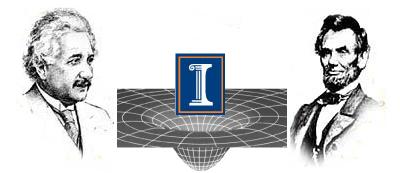Self-gravitating Disks Around Rapidly Spinning, Tilted Black Holes: General Relativistic Simulations

- Antonios Tsokaros
- Milton Ruiz
- Stuart L. Shapiro
- Vasileios Paschalidis
Abstract
We perform general relativistic simulations of self-gravitating black hole-disks in which the spin of the black hole is significantly tilted (45° and 90°) with respect to the angular momentum of the disk and the disk-to-black hole mass ratio is 16% - 28%. The black holes are rapidly spinning with dimensionless spins up to ~ 0.97. These are the first self-consistent hydrodynamic simulations of such systems, which can be prime sources for multimessenger astronomy. In particular, tilted black hole-disk systems lead to: i) black hole precession; ii) disk precession and warping around the black hole; iii) earlier saturation of the Papaloizou-Pringle instability compared to aligned/antialigned systems, although with a shorter mode growth timescale; iv) acquisition of a small black-hole kick velocity; v) significant gravitational wave emission via various modes beyond, but as strong as, the typical (2, 2) mode; and vi) the possibility of a broad alignment of the angular momentum of the disk with the black hole spin. This alignment is not related to the Bardeen-Petterson effect and resembles a solid body rotation. Our simulations suggest that any electromagnetic luminosity from our models may power relativistic jets, such as those characterizing short gamma-ray bursts. Depending on the black hole-disk system scale the gravitational waves may be detected by LIGO/Virgo, LISA and/or other laser interferometers.
